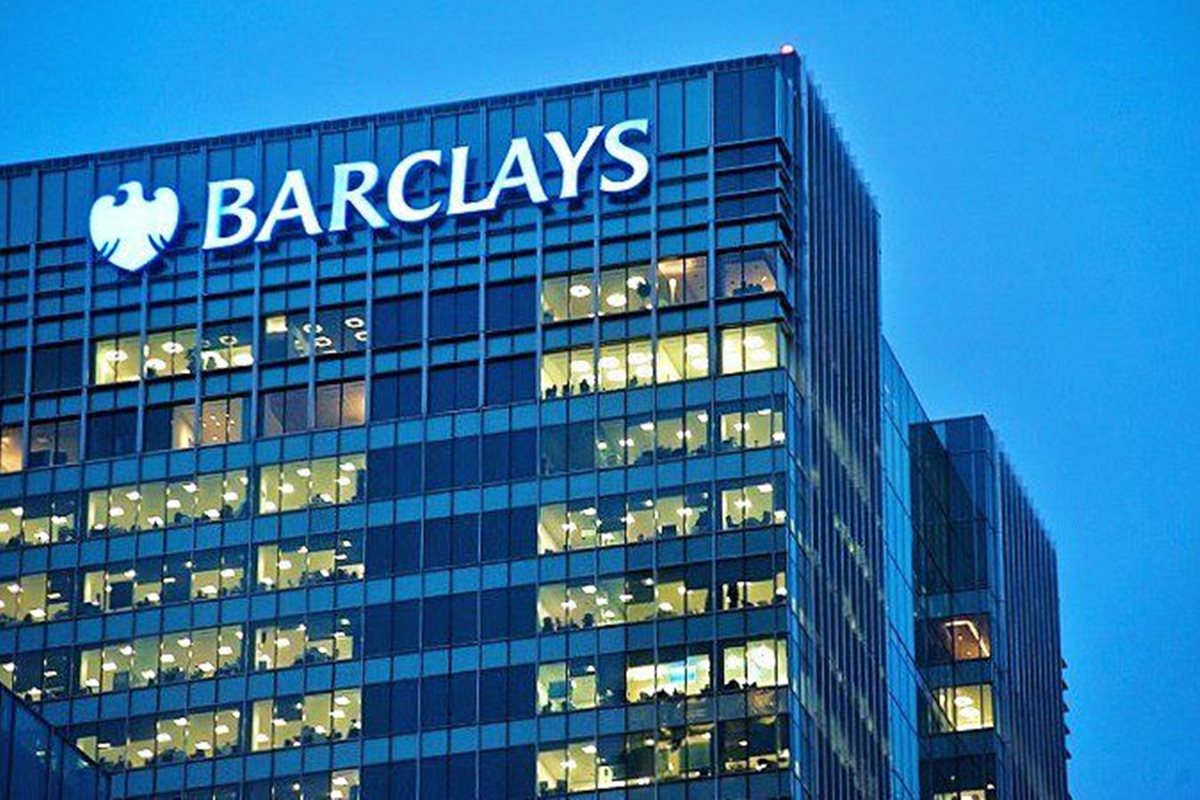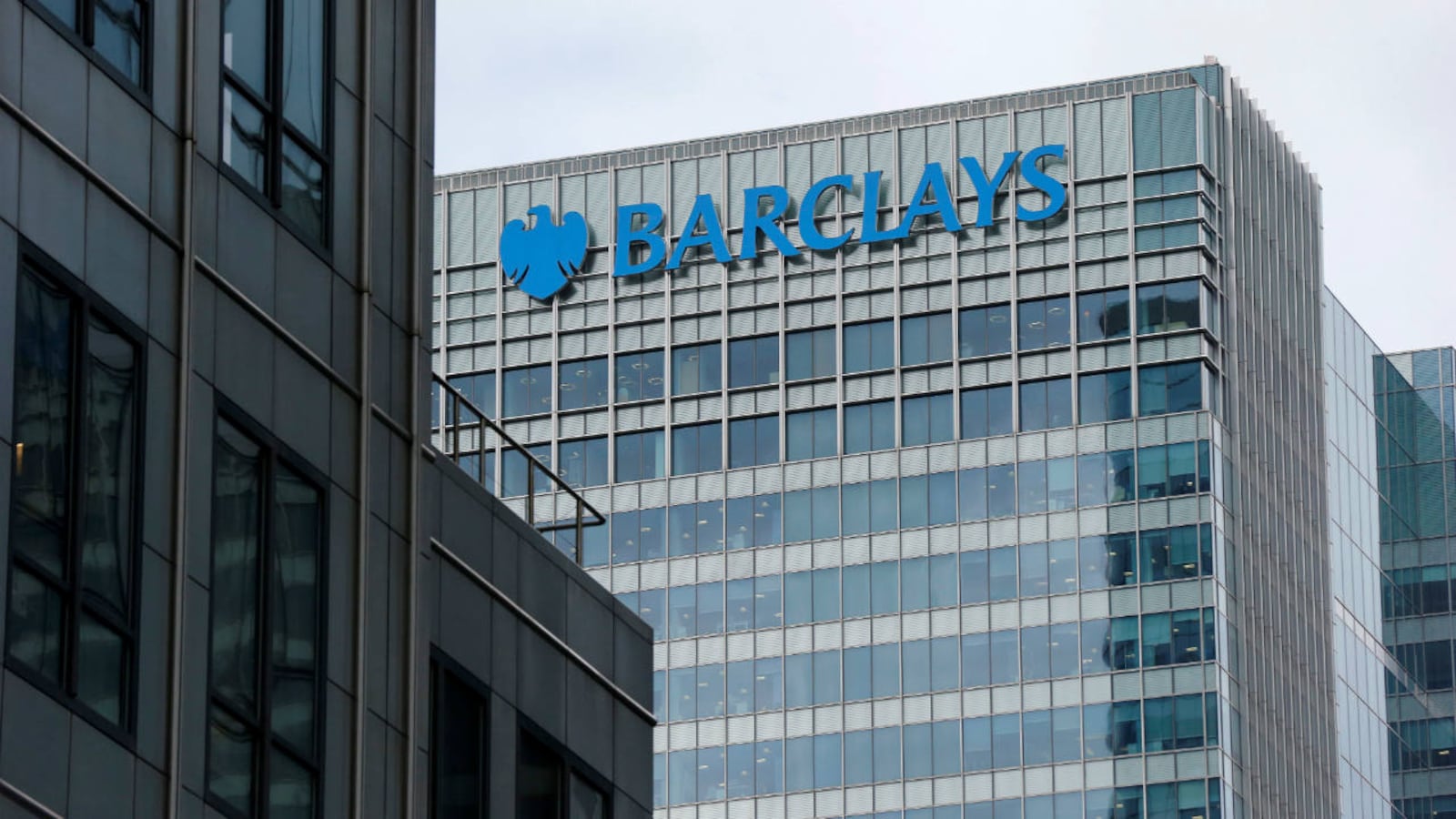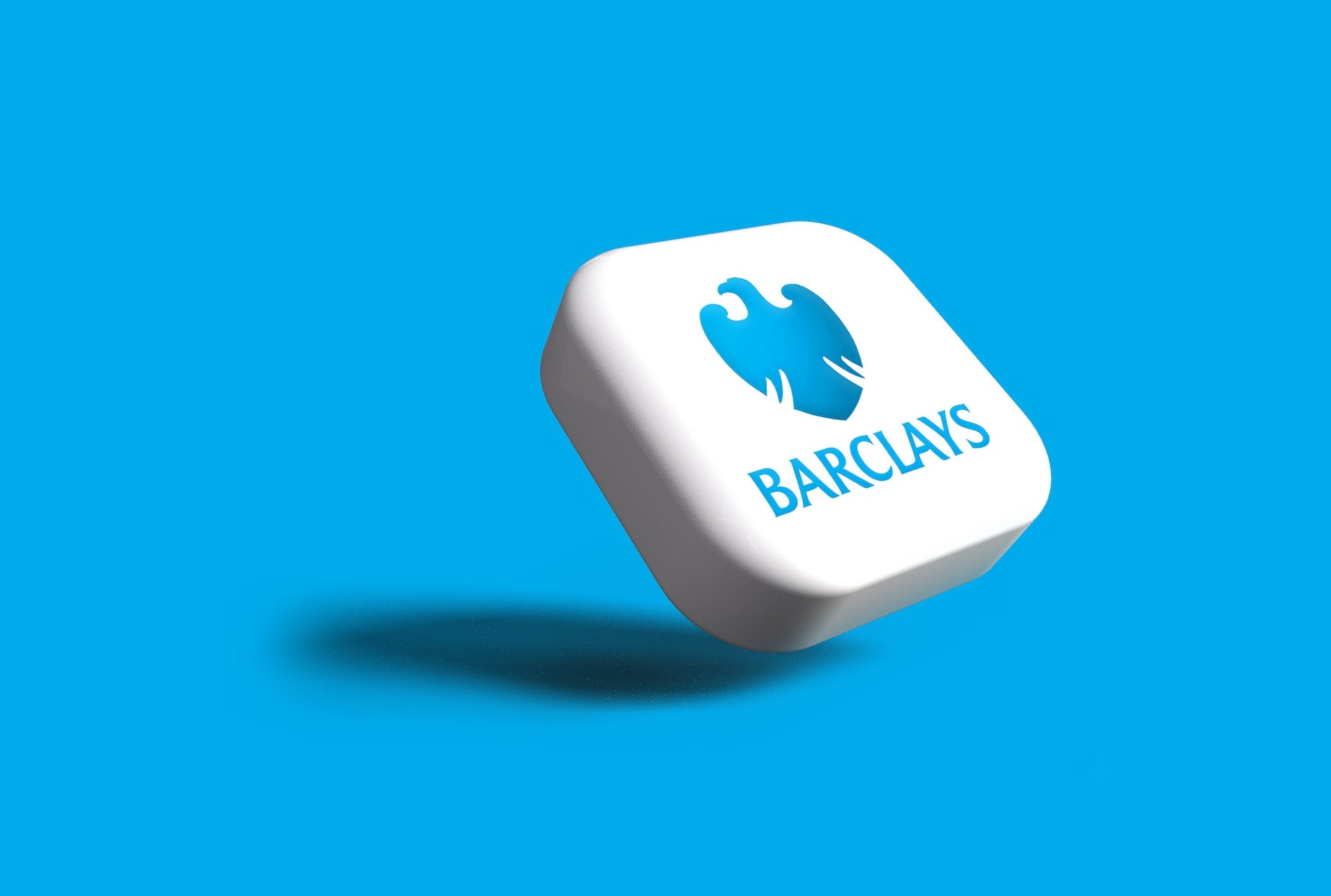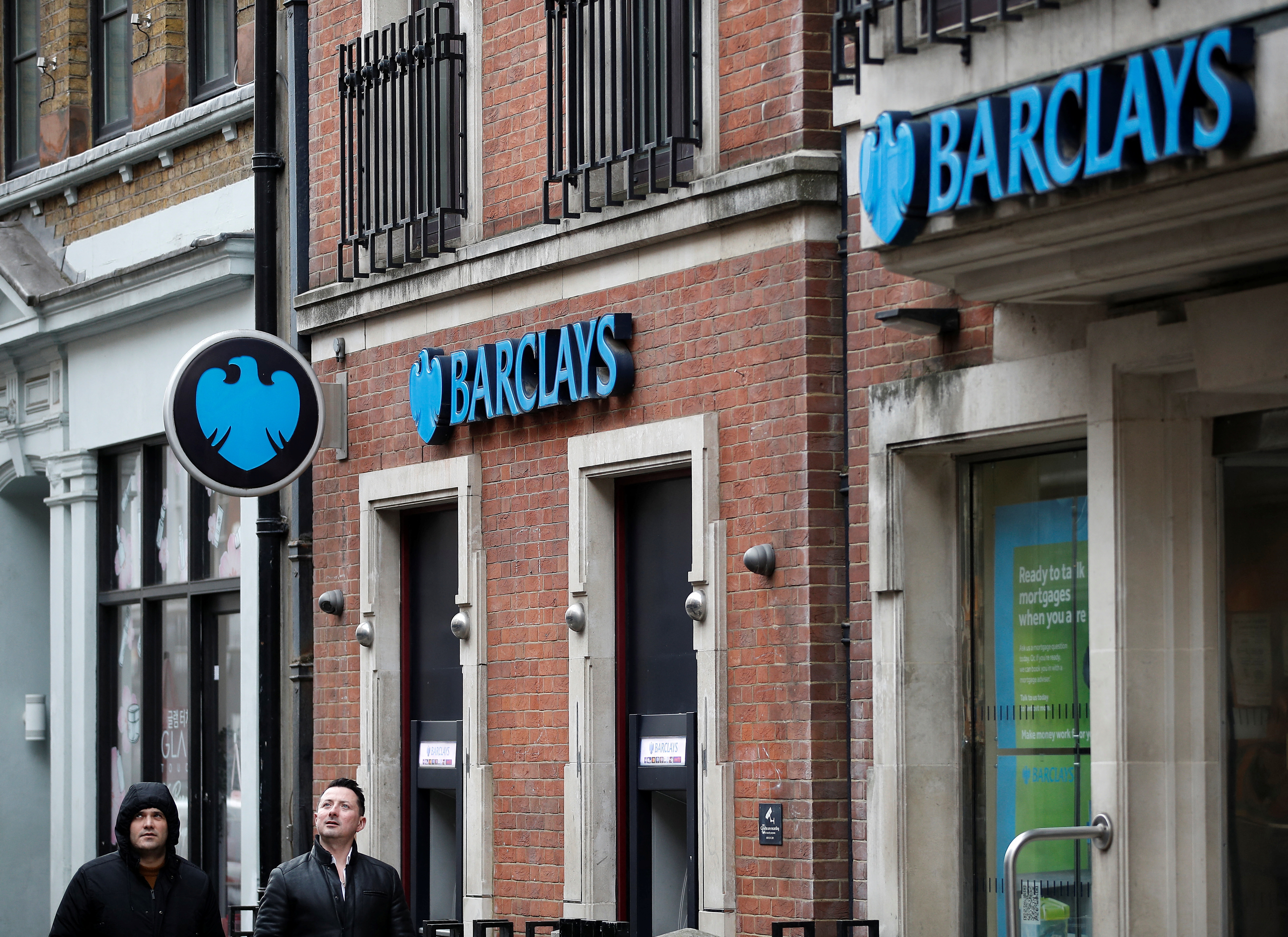Barclays’ Impending Cost Reductions Outshine Q3 Earnings 2023

Barclays’ Impending Cost Reductions Outshine Q3 Earnings 2023
Barclays, one of the most prominent and historically significant financial institutions in the United Kingdom, has recently made headlines due to its surprising announcement. Even as it reported higher-than-expected profits for the third quarter, the bank indicated substantial forthcoming cost cuts.
While reporting a third quarter earnings that only barely met estimates while signalling pressure on its margins from competition for savings, Barclays hinted at further cost cuts to come later this year.
The British lender on Tuesday reported pretax earnings for the quarter of 1.9 billion pounds ($2.33 billion), beating consensus analyst expectations of 1.77 billion pounds but down from 2 billion pounds a year earlier.
Following a 750 million pound repurchase in July that helped lessen the blow of dismal half-year results, the bank decided against making any unplanned returns of surplus cash to shareholders.
The bank will issue an investor update along with its full-year results, according to Barclays Chief Executive C. S. Venkatakrishnan, outlining its capital allocation priorities and updated financial targets.
Barclays, with a history spanning over 300 years, is a global financial powerhouse. Over the past few decades, the bank has faced various challenges, including competition from emerging FinTech platforms, global economic downturns, and the aftermath of the 2008 financial crisis.
However, it has continually adapted its business model and operations to cater to evolving market dynamics.

In response to political pressure to assist savers and persistent inflation, the bank said its net interest margin, a crucial indicator of profitability, in its British retail bank will now likely come in at between 3.05% and 3.1%, below earlier expectations of about 3.15%.
Venkatakrishnan hinted to a bleak prognosis for bank sector profitability earlier this month, warning of pressure on returns from rising interest rates and reduced investment banking activity. This led to a decline in the lender’s shares.
Barclays exceeded expectations in part as a result of a strong performance in its primarily American-based credit cards business.
However, due to revised, more pessimistic economic estimates and a surge in delinquencies in its U.S. cards unit to levels seen before the pandemic, it put aside an additional 433 million pounds in the quarter for possibly bad loans.

Following a similarly disappointing showing at the half-year results update in July, Barclays reported a 6% decline in income at its investment bank for the quarter. The normally robust fixed income, currency, and commodities division’s revenue dropped 13% as clients’ trading excitement was muted by decreased market volatility.
The retail division saw an influx of deposits and a surge in mortgage lending, fuelled in part by a rebounding housing market. Barclays’ investment arm, known for its robust trading platforms, reported substantial returns. The division benefited from increased trading volumes and a favorable global financial landscape.
Prior initiatives by the bank to trim down operational costs started to bear fruit, enhancing the profit margins.

Barclays could be looking at shedding non-core assets or businesses that are no longer aligned with its long-term strategic vision. The rise of FinTech platforms has placed pressure on traditional banks to digitize their operations. By investing in technology, Barclays can reduce the need for physical branches and manual processes, translating to cost savings in the long run.
Though always a sensitive issue, staff reductions or realignments might be on the cards. The bank could also opt for upskilling its workforce to cater to a more tech-driven banking environment. Barclays could renegotiate contracts with third-party vendors and suppliers for better terms, translating to direct cost reductions.
The banking industry, globally, is in a state of flux. With looming economic uncertainties, like inflationary pressures and geopolitical tensions, Barclays might be adopting a proactive approach, fortifying its reserves and ensuring sustainability.

Challenger banks and FinTech platforms are offering services at a fraction of the cost. To remain competitive, Barclays needs to streamline operations and possibly offer services at reduced fees. Meeting shareholder expectations for dividends and returns on investment might require the bank to be in a stronger financial position.
Barclays’ move serves as a clear indication of the changing landscape of the global banking sector. Even institutions that report healthy profits are not shying away from taking potentially drastic measures to ensure long-term sustainability.

While it remains to be seen how these cost-cutting measures will unfold and their impact on employees, customers, and stakeholders, it’s evident that the banking behemoth is gearing up for a future filled with uncertainties.




